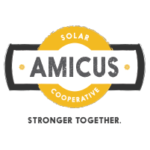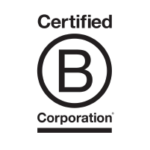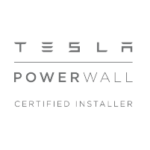The solar market continues to develop at a wonderfully rapid pace. One of the primary reasons to consider solar has always been energy independence. For some, independence was freedom from power outages – or, even more so, complete independence from the electric grid itself. For others, independence meant creating clean power for a fixed cost that protected them from rising energy costs with a return on investment.
For many, the combination of independence from the grid and the protection from rising energy costs was considered at odds – the costs for batteries / storage were seen as too high to create a financial return. Furthermore, the two ideas were seen as “either-or” from a technology and cost standpoint. There was the thought that installing batteries was essentially “all-or-none” at an extremely high cost.
Fortunately, as solar has matured over the last several years, those barriers and ways of thinking are breaking down and new options are available.
There are 5 ways to combine solar and grid independence / storage:
1) No batteries – still get power when the sun is up and the grid is down.
2) Existing solar grid-tied system (without batteries) – add batteries with a technique called AC coupling.
3) Install solar with a grid-tied battery backup system – get both grid connection and battery storage from the start.
4)Install solar with an off-grid (no utility connection) system with batteries.
5) Combine a generator with an existing or new solar system.
Each option has significant benefits and trade-offs with varying levels of grid independence and financial returns. Furthermore, within those options there is modularity. You still have a choice to customize each option to maximize your investment and meet your goals.
We’ll follow-up next with a discussion on option #1 – connecting to the grid without batteries and still getting energy when the sun is up and the grid is down.















